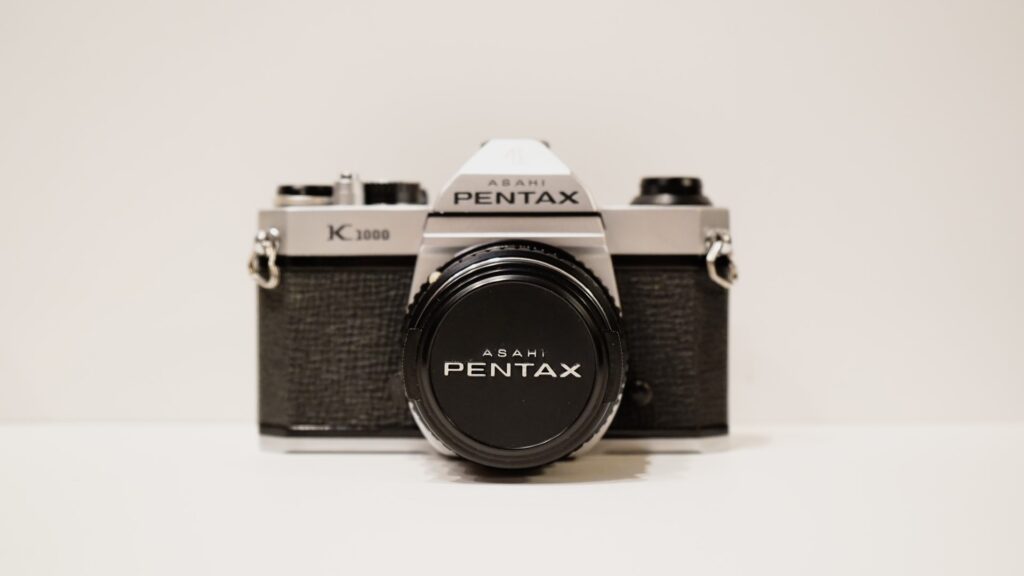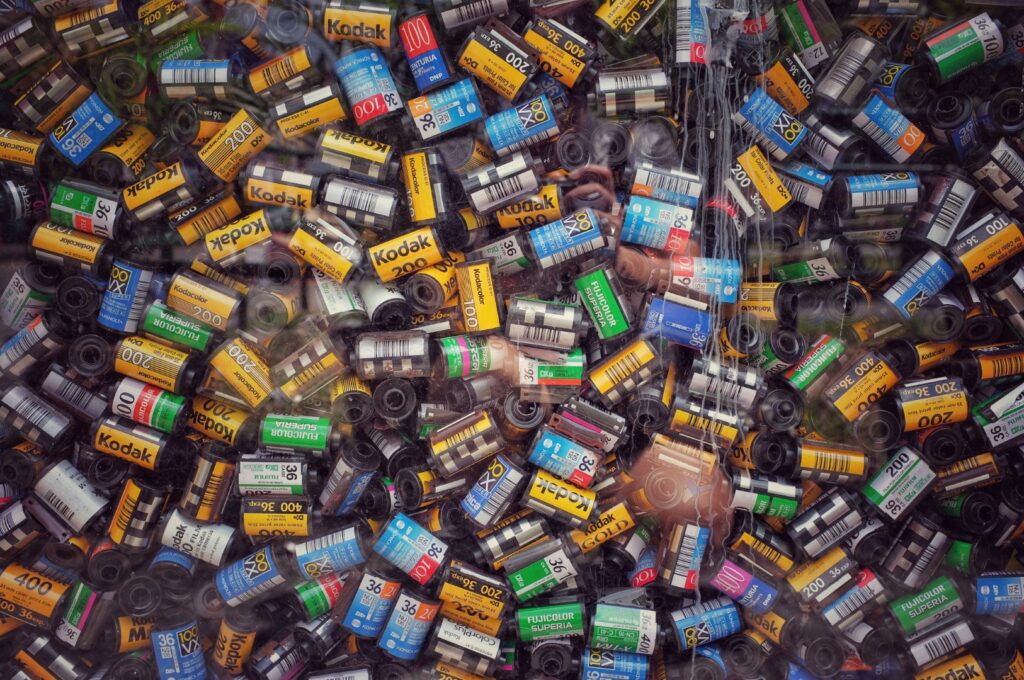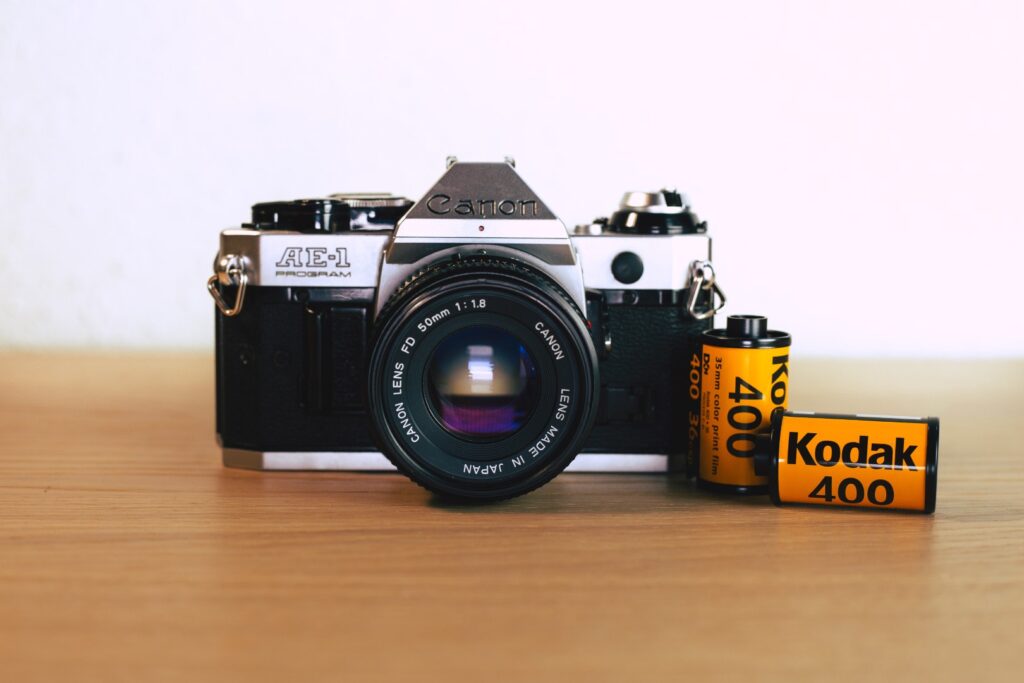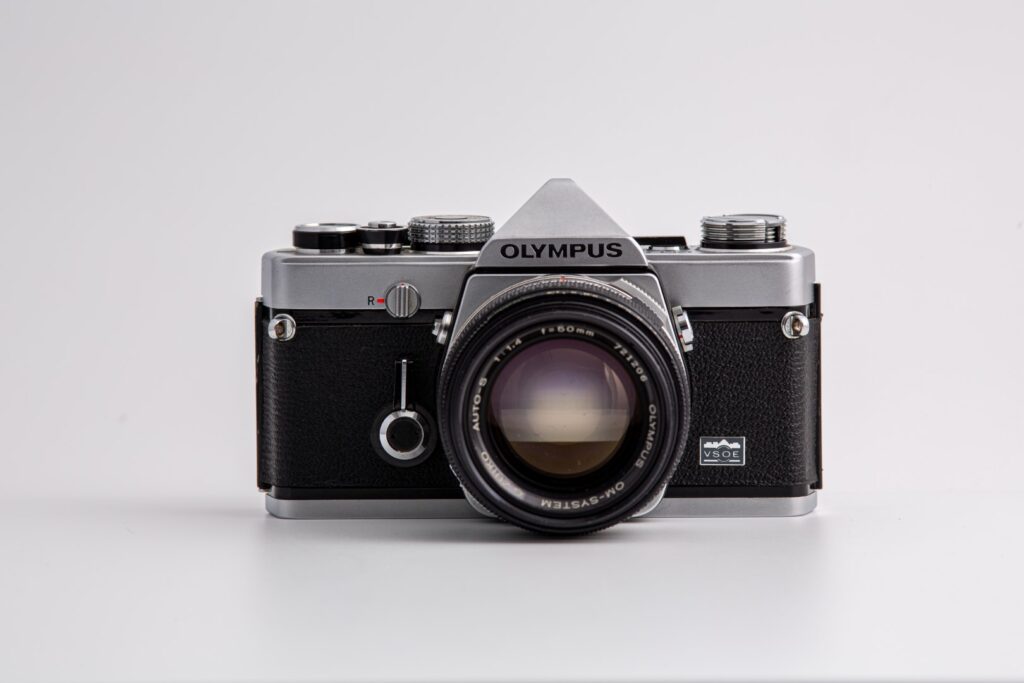In the realm of analog photography, few cameras command the respect and admiration that the Pentax K1000 does. Launched in 1976, it quickly became an emblem of reliability and simplicity. Many professional photographers still fondly recall the K1000 as their first-ever camera, a tool through which they honed their photographic skills.
As a fully manual camera, the K1000 allows complete control over aperture, shutter speed, and focus, making it the perfect device for beginners seeking to master the fundamentals of photography. Its robust, all-metal construction guarantees long-lasting durability, and the clear, bright viewfinder makes framing a breeze.
But an essential part of shooting with this classic camera is knowing how to choose the right film. The type of film you use can drastically affect your images, dictating everything from color and contrast to grain and sharpness. In this guide, we will delve into the details of various film types and guide you on choosing the best one for your Pentax K1000.
Film Sizes and Which One Does the Pentax K1000 Use
In film photography, the physical size of the film is a critical consideration. This size determines the format of your images and directly affects the quality of your photos. There are numerous film sizes available, but we’ll focus on the main three: 35mm, medium format (120), and large format.
35mm film is the most common type and is a perfect starting point for beginners. It’s easy to handle, available almost everywhere, and offers good image quality. This film typically allows for 24 or 36 exposures per roll, making it cost-effective and suitable for various shooting scenarios.
Medium format, or 120 film, is larger and produces negatives that are about four times the size of a 35mm film. This increased size provides better image quality, less visible grain, and more detail. However, it’s a bit more expensive and typically gives you 12 to 16 exposures per roll.
Large format film is the biggest and offers unparalleled image quality. These negatives are usually 4×5 inches or larger. The drawback is that large format film is more expensive, less convenient to handle, and requires specialized equipment to shoot and develop.
The Pentax K1000, however, uses 35mm film. This choice of film format aligns with the camera’s design philosophy of simplicity and reliability. By using 35mm film, the Pentax K1000 provides an accessible and manageable entry point into film photography, while still delivering impressive image quality. This versatility makes the K1000 an excellent camera for both newcomers to film photography and experienced shooters seeking the charm of the 35mm format.
The different Types of Film Stocks
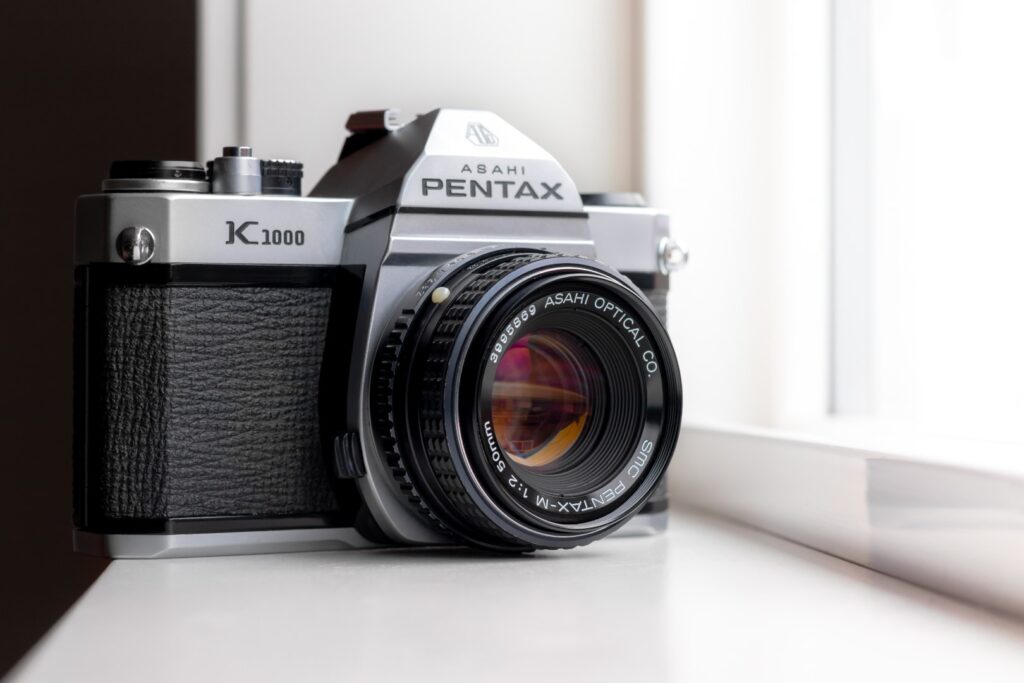
When selecting film for your Pentax K1000, it’s vital to understand the different types of film stocks available. Each kind carries unique characteristics and aesthetic qualities that can significantly impact the look and feel of your photographs.
Black and White Film
Black and white film is a classic choice that brings a timeless and artistic touch to your images. The lack of color forces the viewer to focus on the subject matter, the composition, the play of light and shadow, and the textures in a scene, often creating dramatic and compelling images.
This film type is available in various speeds (ISO), allowing you to control the grain and contrast in your images. Slower films like ISO 100 will give you finer grain and less contrast, while faster films like ISO 400 or 800 will produce more visible grain and increased contrast.
Black and white film is generally more affordable than color film, and the process of developing it at home is relatively straightforward, making it an excellent choice for beginners who want to learn more about film processing. You can find black and white film in most photography stores or online, making it a readily available choice for your Pentax K1000.
Color Negative Film
Color negative film captures a broad range of colors and tonalities, creating vibrant and lifelike images. The versatility of color negative film makes it suitable for various photographic genres, from portraiture to landscape and street photography. One of the advantages of color negative film is its wide exposure latitude, meaning it is quite forgiving of exposure errors and can retain detail in highlights and shadows. However, developing color negative film at home can be more complex than black and white due to the chemicals and precise temperatures involved.
In terms of cost, color negative film can be more expensive than black and white but is generally less pricey than slide film. It’s widely available, making it an accessible choice for your Pentax K1000.
Slide Film
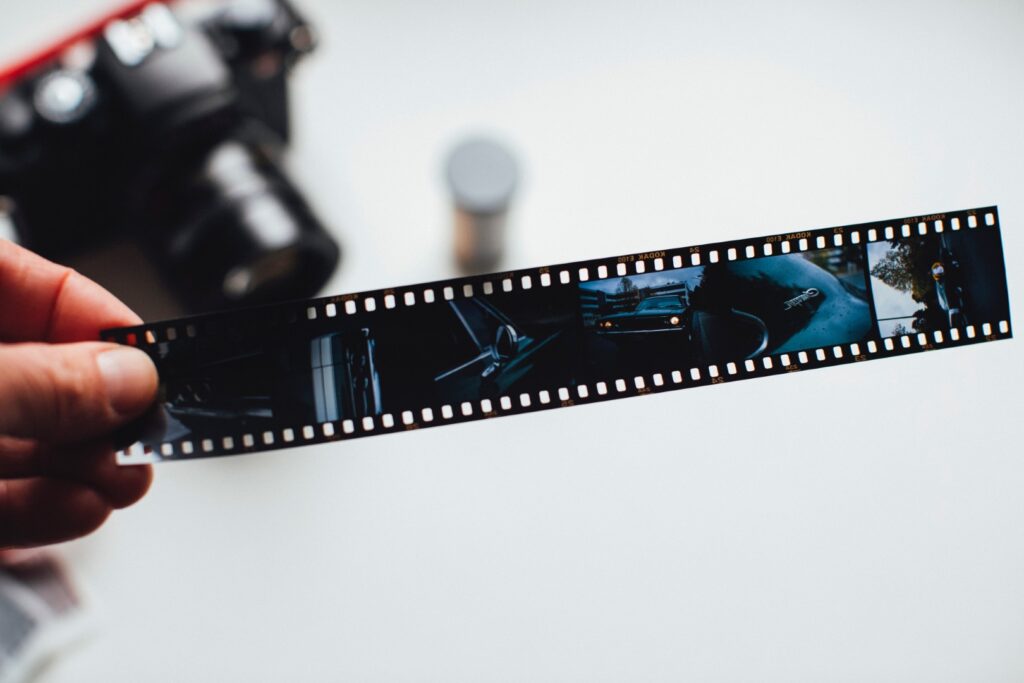
Slide film, also known as reversal or transparency film, is well-loved for its rich, saturated colors and high contrast. When developed, slide film produces a positive image that can be viewed directly or projected onto a screen, unlike color negative film, which creates a negative that needs to be converted to a positive image during printing or scanning. The high resolution and color fidelity of slide film make it a popular choice for professional photographers, particularly in landscape and commercial photography. However, slide film has a narrow exposure latitude, which means it requires precise exposure to avoid losing detail in highlights and shadows.
Slide film is typically the most expensive option of the three and may be harder to find in some locations. It also requires specialized E-6 processing, which can be more costly and less accessible than regular color or black and white processing.
Considerations When Choosing a Film for Your Pentax K1000
Choosing the right film for your Pentax K1000 is a significant aspect of the photographic process. Let’s explore several considerations that can guide your film selection.
Film Speed
Film speed, denoted as ISO, refers to the sensitivity of your film to light. Lower ISO films (like ISO 100) are less sensitive to light, requiring more of it for a proper exposure. These films render finer grain and high detail, ideal for bright, outdoor settings. Higher ISO films (like ISO 400 or 800), on the other hand, are more sensitive to light and work well in dim conditions. These films tend to produce images with more grain, which can contribute to a gritty, vintage aesthetic.
The Pentax K1000 has a broad ISO range, typically from ISO 20 to 3200, which gives you considerable flexibility when selecting your film speed. While the K1000 has a built-in light meter to assist in achieving proper exposure, remember that it’s a fully manual camera. Thus, understanding the implications of your ISO choice and its interaction with shutter speed and aperture is key to mastering your exposures.
Aesthetic Qualities of the Film Stock
Each film stock brings unique aesthetic qualities to your photos. These can include color rendition, contrast, saturation, and grain structure. For example, a film like Kodak Portra is well-known for its accurate skin tones and low contrast, making it ideal for portrait photography. In contrast, a film like Fujifilm Velvia produces highly saturated colors and high contrast, often chosen for landscape photography.
It’s worth experimenting with different film stocks in your Pentax K1000 to understand which aesthetic qualities resonate with your style. The more you shoot, the more you’ll understand how different films can affect the look and feel of your images.
Developing and Scanning Film
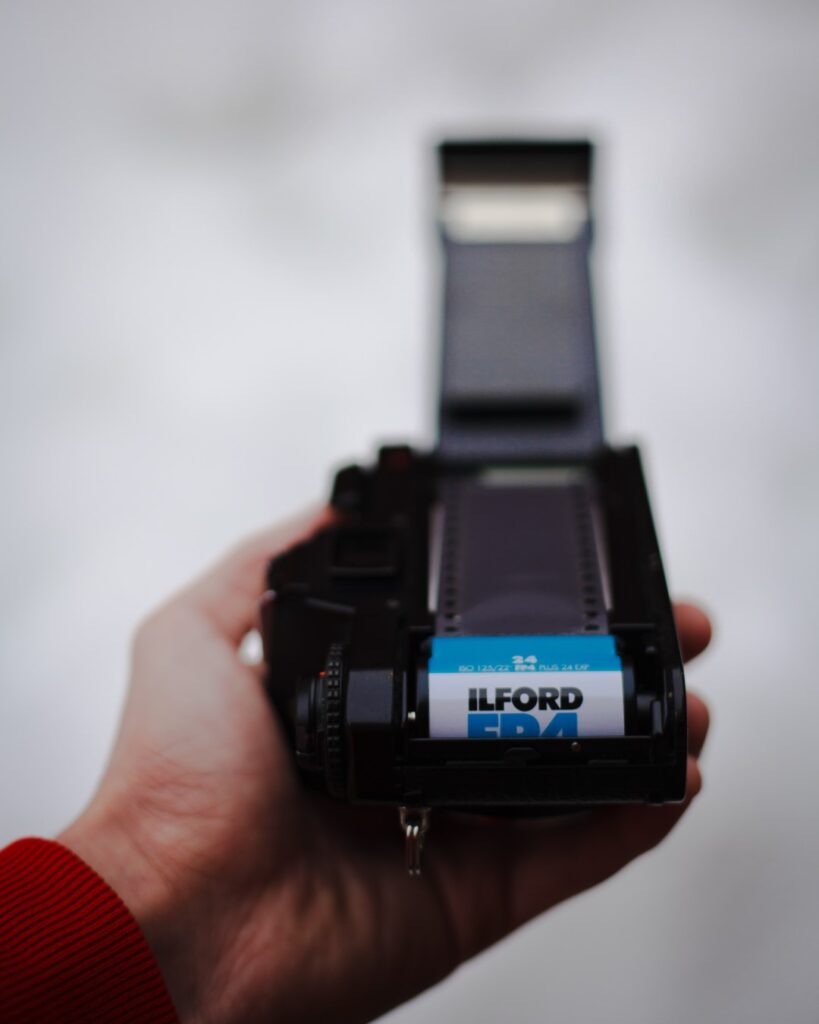
Once you’ve shot your film, the next step is developing and scanning. Developing film can be done at home or at a professional lab. Home development can be a rewarding process that gives you greater control over the final outcome of your images. However, it requires some initial investment in equipment and chemicals and a willingness to learn the process. Professional lab development, on the other hand, offers convenience and consistent results. They can also handle different types of film processing, like color (C-41), black and white, and slide film (E-6).
Similar to developing, film can be scanned at home or at a lab. Home scanning allows for control over the scanning process and immediate access to your digital files. However, it can be time-consuming and requires a good quality film scanner for best results. Lab scanning offers convenience and typically higher quality scans, especially if you’re planning to make large prints, but it can add to the cost of your film photography workflow.
Top Film Choices for Pentax K1000
While the selection of the film can often boil down to personal preference, some films are generally well-regarded and serve as excellent starting points for your Pentax K1000 journey. Here, we will recommend three color films known for their distinctive qualities and versatility.
Color Films
Kodak Portra 400: Kodak Portra 400 is a versatile color film known for its excellent skin tones and natural color reproduction, making it a favorite among portrait photographers. However, it’s also versatile enough to work well in a variety of other situations, including landscape and street photography. The film’s balanced color palette, fine grain, and a broad exposure latitude make it very forgiving, especially for those still learning to master their exposures. Its speed (ISO 400) allows for flexibility in various lighting conditions, making it an excellent all-around film. On the downside, Kodak Portra 400 is a bit pricier than some other films, and its muted colors might not be the first choice for those who prefer more saturated color reproduction. Check current prices here.

Fujifilm Superia X-TRA 400: Fujifilm Superia X-TRA 400 is a popular consumer-grade film recognized for its vibrant colors and fine grain. It offers a slightly warmer and more saturated color palette than the Portra, especially in the green and red channels. This makes it great for landscape and nature photography, but it’s versatile enough to be used for a range of subjects. Its ISO 400 speed gives it versatility in a range of lighting conditions, and its price point makes it a more budget-friendly option than some professional-grade films. The major downside is that it may not render skin tones as faithfully as some other films, and it’s becoming harder to find as Fujifilm discontinues some of their film lines. Check current prices here.
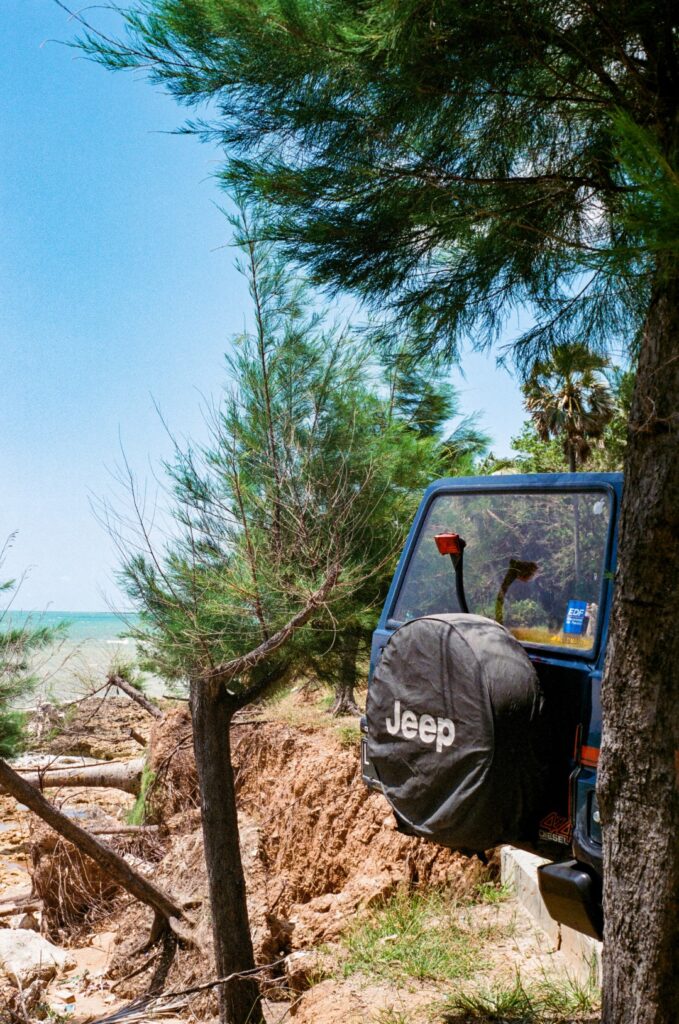
Kodak Ektar 100: Kodak Ektar 100 is renowned for its ultra-vivid color reproduction, extremely fine grain, and high sharpness. This film is often dubbed as the most saturated color negative film on the market, making it an excellent choice for landscape, travel, and outdoor photography, where vibrant colors are desired. As an ISO 100 film, it performs best in well-lit conditions or when using a tripod. The fine grain and high level of detail it provides are unparalleled in its class, offering near slide-film quality with the convenience of a color negative film. One consideration with Ektar 100 is that while its color saturation is stunning for landscapes and still life, it can sometimes render skin tones with too much saturation, making it less suited for portraiture. Also, given its slower speed (ISO 100), it’s less versatile in lower light conditions compared to higher ISO films. Nonetheless, for photographers shooting in bright conditions who want to capture the world in vibrant color, Kodak Ektar 100 is an excellent choice for your Pentax K1000. Check current prices.
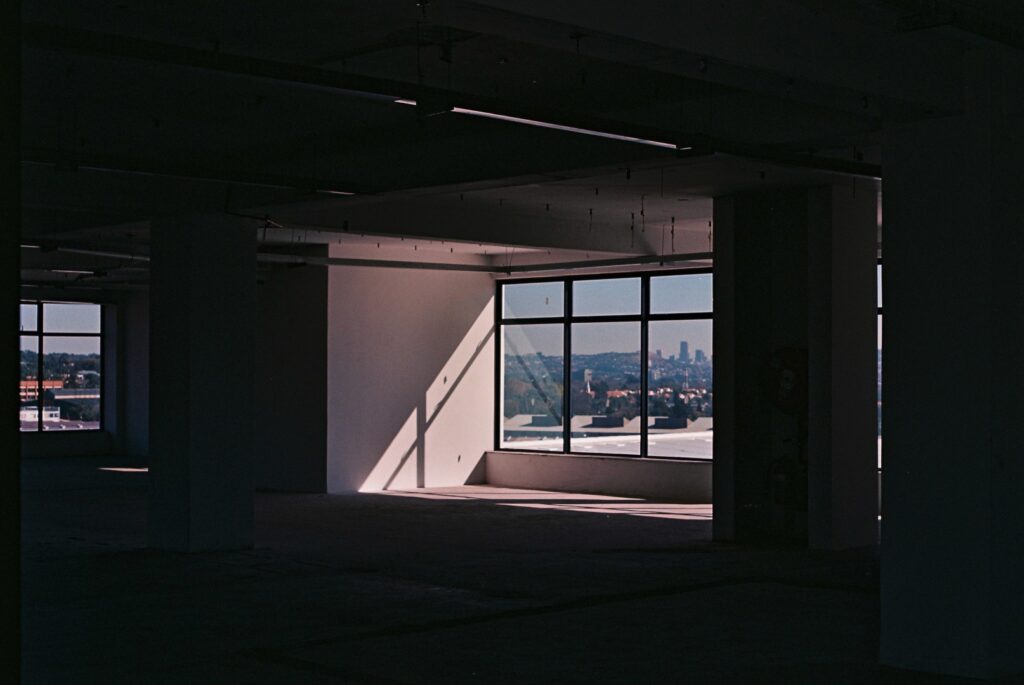
Black and White Films
Black and white films offer a timeless aesthetic that can evoke a range of emotions. They’re perfect for highlighting contrasts, textures, and tonal ranges in your photography. Here are three top-notch black and white films to consider for your Pentax K1000.
Kodak Tri-X 400: Kodak Tri-X 400 is arguably one of the most popular black and white films ever produced, and for good reasons. Known for its rich tonal range and flexible exposure latitude, Tri-X 400 produces high contrast images with beautiful grain structure. Tri-X’s grain is more pronounced, giving your photos a classic, gritty look that many photographers find appealing. Its ISO 400 speed makes it suitable for a variety of lighting conditions. One of its unique attributes is its excellent push/pull capabilities, meaning you can underexpose or overexpose this film and still achieve great results in the development process. However, if you prefer a smoother, finer grain, other films might be more to your liking. Check current prices.
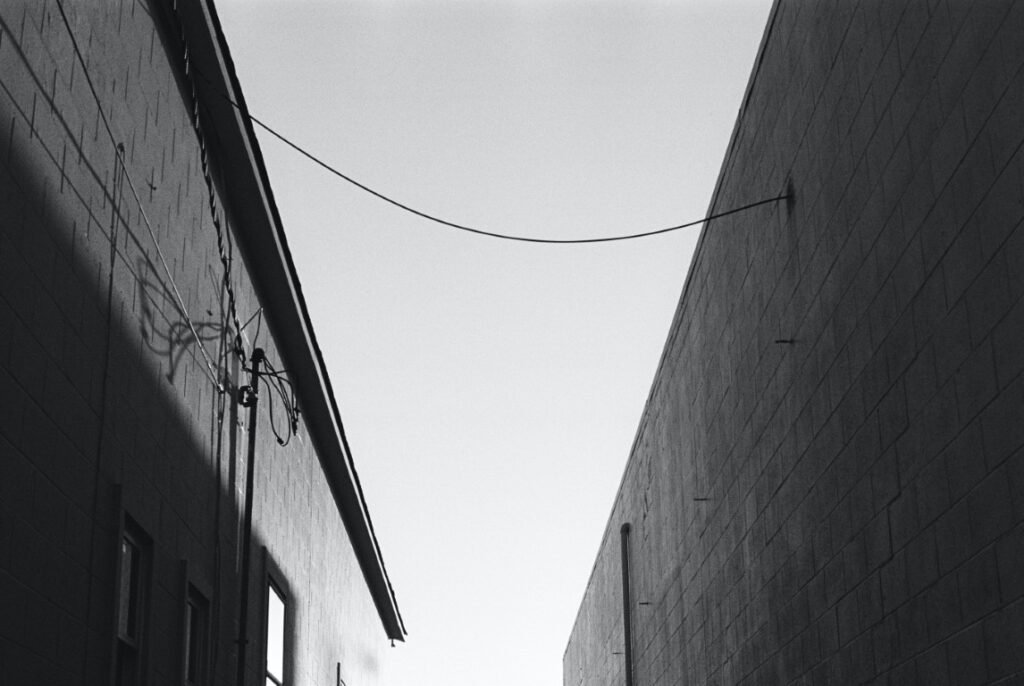
Ilford HP5 Plus 400: Ilford HP5 Plus is another iconic black and white film, appreciated for its fine grain and wide exposure latitude. It’s very forgiving to exposure errors, making it a good choice for beginners. HP5 Plus provides rich blacks and detailed highlights, creating images with depth and dimension. The film’s ISO 400 speed makes it versatile enough for different lighting scenarios. On the downside, if you’re after an ultra-sharp film with very fine grain, you might want to explore films with slower speeds (lower ISO). Check current prices here.
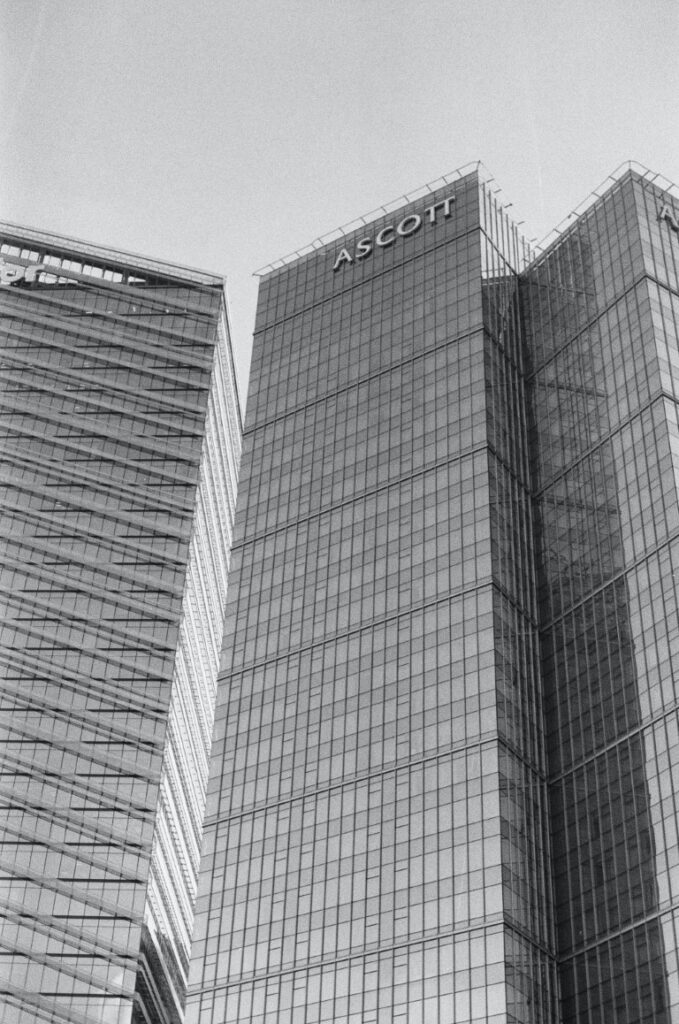
Fujifilm Acros II 100: Fujifilm Acros II is a slower film (ISO 100) known for its sharpness, fine grain, and outstanding resolution. It offers a broad tonal range with rich blacks and smooth highlights. Its slower speed means it’s best used in well-lit situations or when shooting with a tripod. It’s an excellent choice for detailed landscapes and architectural photography where sharpness and detail are of utmost importance. The major downside of Acros II is its higher price compared to other black and white films, and it requires good light or a slower shutter speed due to its lower ISO. Check current prices here.
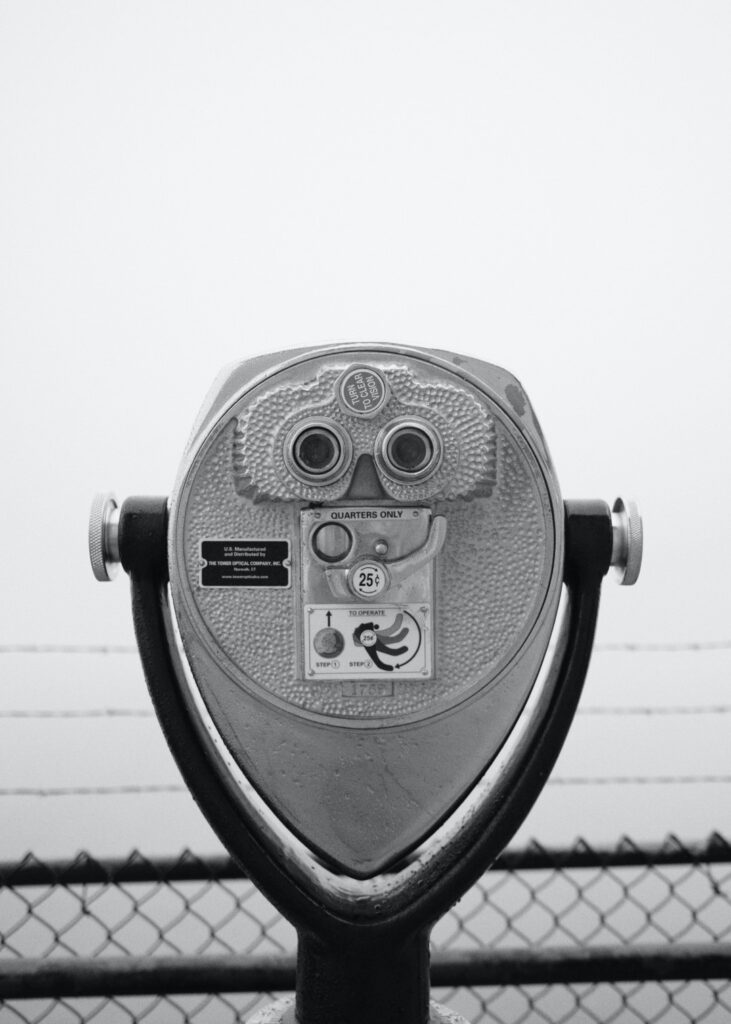
Each of these black and white films will provide a distinct character to your photographs, adding depth and drama that only black and white photography can offer. They are all fantastic options for your Pentax K1000.
Slide Film
Slide film, also known as reversal or transparency film, produces a positive image directly on the film. This means you’re left with ‘slides’ that can be projected onto a screen or used for high-resolution scanning. Slide films are renowned for their fine grain, sharpness, and vibrant colors but require precise exposure. Here are two slide films that are still available in the market.
Fujifilm Provia 100F: Fujifilm Provia 100F is a professional-grade slide film known for its extremely fine grain, excellent sharpness, and rich color rendition. It delivers more natural-looking colors than some other slide films, with excellent skin tones and neutral grays. As an ISO 100 film, it works best in bright conditions and is great for landscape, fashion, product, and portrait photography, as well as commercial applications where color accuracy is essential. One consideration with Provia 100F is that, like all slide films, it has a narrow exposure latitude. This means your exposure needs to be very accurate, as there’s less room to correct errors during scanning or printing. Check current prices here.
Kodak Ektachrome E100: Kodak Ektachrome E100, recently reintroduced by Kodak, is another professional-quality slide film, celebrated for its fine grain, clean whites, and well-defined colors. It offers a moderately saturated and warm color palette, yielding images that can be quite striking. Like Provia, Ektachrome E100 is an ISO 100 film, making it suitable for well-lit environments. It’s a popular choice for landscape and outdoor photographers due to its vibrant but realistic color reproduction and its excellent detail rendition. The challenges of Ektachrome E100 are similar to those of other slide films, including a narrow exposure latitude and the need for precise metering. Also, Ektachrome E100 tends to be pricier than many color negative films. Check current prices here.
Budget-Friendly Film Alternatives
While the cost of film photography can add up, there are several budget-friendly films that deliver exceptional results without breaking the bank. These films offer a cost-effective way to practice and perfect your skills without stressing over the price of each shot. Here are a few wallet-friendly options for your Pentax K1000.
Kodak ColorPlus 200: Kodak ColorPlus 200 is a very affordable color negative film that’s perfect for everyday shooting. Despite its low price, it offers good color reproduction and fine grain. It’s a versatile film with an ISO of 200, making it a good all-rounder for various lighting conditions. The downside is that it’s not as sharp as some more expensive films, and its dynamic range isn’t as broad. But for the price, it’s an excellent option for those looking to shoot more without spending a fortune. Check current prices here.
Kentmere 400: If you’re looking for a budget-friendly black and white film, Kentmere 400 is worth considering. Produced by Harman Technology, the same company that manufactures Ilford films, Kentmere 400 is an affordable alternative that doesn’t skimp on quality. Kentmere 400 is a high-speed film that delivers a broad tonal range with good contrast. It’s a good option for a variety of lighting conditions. It has a fairly grainy look, which can add a distinct character to your images. While it might not offer the same sharpness and fine detail as some pricier films, its affordability makes it a great choice for those who are new to film photography or those looking to experiment without spending a lot. Check current prices here.
Foma Fomapan 200 Creative: Foma Fomapan 200 Creative is an affordable black and white film that still delivers satisfactory results. It offers a good balance between grain, contrast, and sharpness. It’s a good option for those who want to experiment with black and white photography without spending too much. The downside is that it might not provide the same level of detail and contrast as more expensive films. However, for its price, it’s a good entry point into the world of black and white photography. Check current prices.
Where to Buy Film
Choosing a reliable source to purchase film for your Pentax K1000 is vital. In our digital era, there are numerous online platforms that cater to film photography enthusiasts. Here’s a list of places to consider when buying film:
- Amazon: A major online shopping platform with a broad range of film stocks available at competitive prices. Note that prices and availability can fluctuate.
- eBay: Another large online marketplace where you can often find a wide variety of film, including more niche or unique stocks.
- B&H Photo: A specialized photography retailer with a vast range of film from various brands.
- Adorama: Similar to B&H, Adorama is an excellent online resource for all types of photographic film.
- Analogue Wonderland: An online store that prides itself on its extensive range of film stocks. They stock over 200 different films.
While buying film online, always ensure it’s stored correctly (usually refrigerated) and that it isn’t expired, unless you’re specifically interested in experimenting with expired film. Check the seller’s reputation and customer reviews to ensure you’re getting a quality product. Remember that while prices can be more competitive online, nothing beats the hands-on advice and community support that can come from a local camera store.
Frequently Asked Questions about Using Film in the Pentax K1000
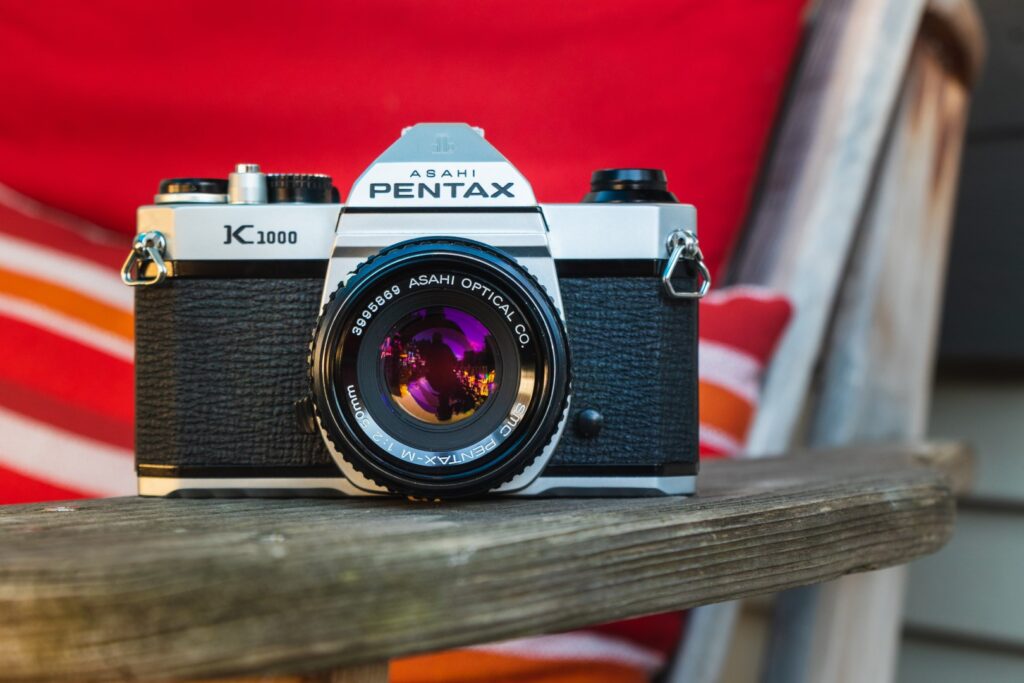
The Pentax K1000 is a classic, widely loved camera. But, if you’re new to using it, you might have some questions. Let’s answer some of the most frequently asked ones.
Does the Pentax K1000 Work Without a Battery?
Yes, the Pentax K1000 can operate without a battery. The battery is only required to power the light meter. But if the battery dies or is removed, the camera can still take photos manually, making it a reliable choice for film photographers. If you want to learn more about the Pentax K1000 and its battery check our dedicated guide.
How Do I Load Film Into My Pentax K1000?
Loading film into the Pentax K1000 is straightforward. First, pull up the rewind knob to open the back cover. Insert your film canister into the left side and push the rewind knob down. Next, pull the film leader across the camera and insert it into any slot on the take-up spool. Advance the film slightly to ensure it’s secure, then close the back of the camera. Wind the film and press the shutter a few times until the film counter is at zero. Now, you’re ready to shoot!
What Is the Ideal Film Speed (ISO) for the Pentax K1000?
The ideal film speed depends on the lighting conditions you’ll be shooting in. In bright conditions, use a lower ISO film like 100 or 200. For low-light conditions, use a higher ISO film like 800 or 1600. The Pentax K1000 has a light meter that can guide you to set the correct exposure based on your film speed.
What Type of Film is Best for Portraits on the Pentax K1000?
For portraits, color negative film like Kodak Portra or Fuji Pro 400H can deliver beautiful skin tones and a wide dynamic range. If you prefer black and white, Kodak Tri-X 400 or Ilford HP5 Plus 400 can produce stunning results with good contrast.
How Do I Manually Set Aperture and Shutter Speed on the Pentax K1000?
The Pentax K1000 is a fully manual camera. To set the aperture, turn the aperture ring on the lens until your desired f-stop number aligns with the aperture index. To set the shutter speed, turn the shutter speed dial on the top of the camera to your chosen setting.
How Can I Maintain My Pentax K1000 for Longevity?
Keep your Pentax K1000 in a dry, dust-free environment when not in use. Avoid extreme temperatures, and consider using a camera bag for protection. Regularly clean your camera and lens with a soft, lint-free cloth and a blower. If you notice any issues, take your camera to a professional for servicing.
Where Can I Get My Pentax K1000 Serviced or Repaired?
Many camera stores and repair shops can service or repair the Pentax K1000, or you can check online for mail-in camera repair services. Before choosing a service, be sure to check reviews and ensure they have experience with film cameras, specifically the Pentax K1000.

